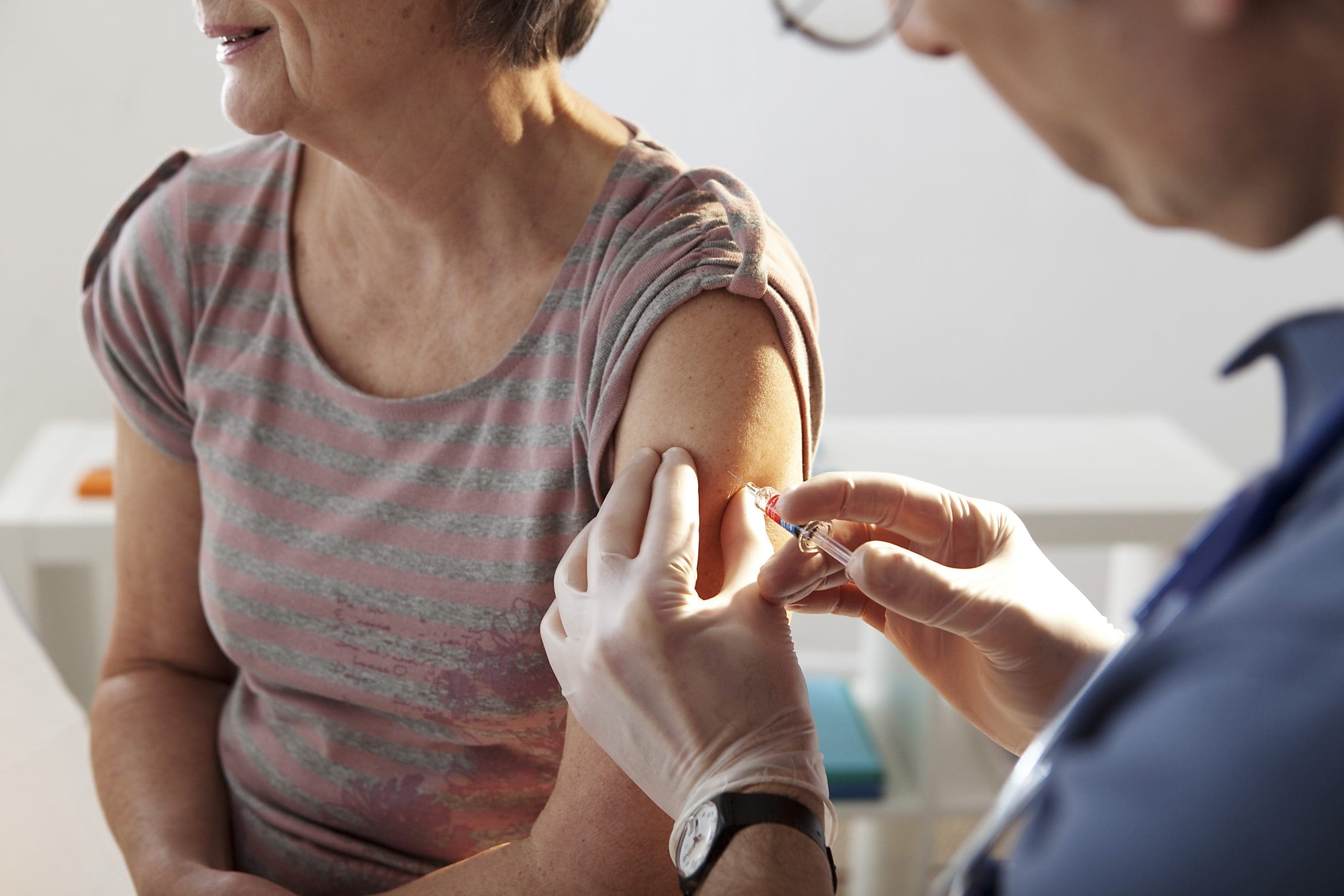
Update on COVID-19: We need to shift from reaction to stabilization
mode in this crisis
WHO/Europe, 7 December 2021
Statement by Dr Hans Henri P. Kluge, WHO Regional Director for Europe.
“Good morning, good afternoon, good evening,
Last month, we alerted that a further half a million lives could be lost by early 2022 unless we take urgent action. We called upon governments and people to take immediate steps to bring down transmission by implementing 5 pandemic stabilizers.
A month has now passed and a further 120 000 people have died, and the WHO European Region has added another 10 million COVID-19 cases to its tally. By the end of this week, 1 in 10 people across Europe and central Asia will have had a COVID-19 infection confirmed by laboratory testing.
While the end of the year and the festive season is approaching, reported deaths due to COVID-19 have reached a high plateau: close to 4100 deaths/day, doubling from 2100 deaths/day at the end of September 2021. Cumulative reported deaths from COVID-19 passed 1.5 million for the 53 countries in our Region just 2 weeks ago.
Case notification rates have increased across all age groups, with the highest rates currently observed in the 5–14-year age group.
While cases and deaths have more than doubled in the past 2 months, COVID-19 deaths have remained significantly below previous peaks. Thus, the mortality would have been far worse without vaccination.
Fifty-five percent of all people in Europe and central Asia are fully vaccinated, and 43 out of 53 countries now offer an additional booster dose to their most vulnerable populations.
Research conducted by WHO/Europe and the European Centre for Disease Prevention and Control has found that from December 2020 to November 2021, at least 470 000 lives were directly saved through COVID-19 vaccination.
This is an overwhelming affirmation of the value of vaccines and science, a testimony to government and health-care worker commitment, and, most of all, a great recognition of the public’s acceptance and support for tackling this pandemic.
The Delta variant remains dominant across Europe and central Asia, and we know that the COVID-19 vaccines remain effective in reducing severe disease and deaths from it.
It is yet to be seen how and whether the latest COVID-19 variant of concern, Omicron, will be more transmissible, or more or less severe. Information available on the variant is preliminary and evolving, including on how effective our countermeasures are, including our vaccines, diagnostics and therapeutics.
This brings me to my triple call today:
- to shift from reactive mode to stabilizing the crisis
- to protect children and their schools as part of the response strategy
- not to mandate without reaching out to the communities first.
The first call is that we need to shift from reaction to stabilization mode in this crisis. There are 5 pandemic stabilizers to keep mortality down:
- increasing vaccine uptake
- administering a booster
- doubling the rate of mask-wearing indoors
- ventilating crowded spaces
- adopting rigorous therapeutic protocols for severe cases.
My second call is to create COVID-safe learning for young children so that we can avoid school closures and home learning.
It is not unusual today to see 2–3 times higher incidence among young children than in the average population. The health risks extend beyond the children themselves. As school holidays approach, we must also acknowledge that children infect their parents and grandparents at home, with a 10-times increased risk for these adults of developing severe disease, being hospitalized or dying when non-vaccinated.
The use of masks, ventilation and regular testing should be standard at all primary schools, and vaccinating children should be discussed and considered nationally, as part of school-protection measures. Vaccination of younger children not only reduces their role in COVID-19 transmission, but also protects them from paediatric severity whether associated with Long COVID or multisystem inflammatory syndromes.
Finally, my third call is not to mandate vaccination if you haven’t reached out first to the communities. Mandates around vaccination are an absolute last resort and only applicable when all other feasible options to improve vaccination uptake have been exhausted.
They have proven effective in some environments to increase vaccine uptake, but the effectiveness of mandates is very context specific. The effect that mandating vaccination could have on public confidence and public trust, as well as vaccination uptake, must be considered: what is acceptable in one society and community may not be effective and acceptable in another.
Mandates must be supported by appropriate policy considerations, a comprehensive implementation plan, including provisions for exemptions, and a strong communications component for the population. Ultimately, mandates should never contribute to increasing social inequalities in access to health and social services.
Any measure that may restrict the right or movement of a person, such as lockdowns or mandates, needs to assure that mental health and well-being is cared for, that a means of prevention/early detection and management of domestic violence is in place, and that microeconomic support is available to those most affected.
So, be it point 1: stabilization of COVID-19, point 2: safe schooling, or point 3: dialogue on mandates and other public health and social measures, the dialogue with communities needs to remain the cornerstone of the response.
Omicron is in sight and on the rise, and we are right to be concerned and cautious. But, as I said, the problem now is Delta, and however we succeed against Delta today is a win over Omicron tomorrow – before it eventually surges.
We are in the business of stabilizing a pandemic, and that means not 1 variant at a time but all variants, at once.
Thank you.”